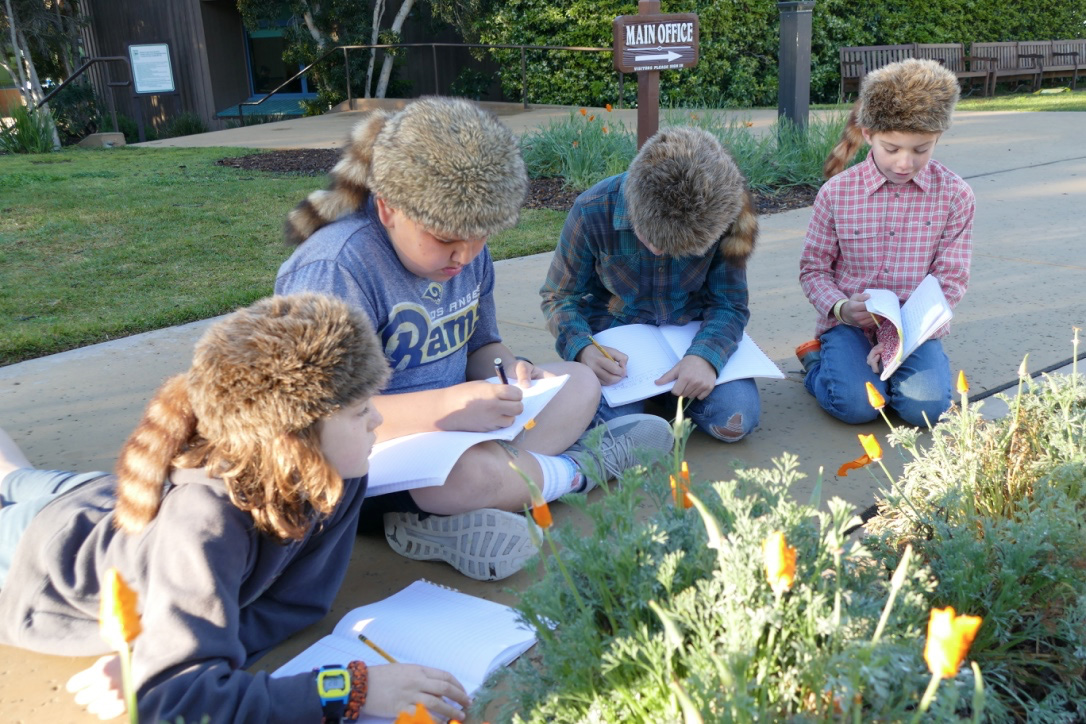The Joy of Experiential Learning at Crane School
Stephanie Bagish’s 4th Graders Make California History Come Alive

“Each day, I witness something astonishing — highly experiential learning that ignites curiosity and joy in our students,” writes Crane Country Day School headmaster Joel Weiss in his letter that welcomes families to the school. “It is called many things — learning by doing, experiential education, hands-on experiences — but it always actively engages the students in the learning process.”
Take Stephanie Bagish’s 4th-grade class, which focuses on using simulations to bring California history alive. The students take on the roles of historical figures, and their activities — from debating ethical dilemmas to cooking biscuits over a campfire — teach them about the hardships and triumphs of life in early California.
“Students work in collaborative groups to solve dilemmas, create blueprints, make food of the era, play games, and sing songs, all in order to gain a deeper and more realistic sense of California’s rich history,” explained Bagish. “By approaching history this way, it completely engages the students, encourages their curiosity, and frames the past in a way that makes it relevant and real.”
Students were tasked with designing a hypothetical 22nd mission for California. “They had to identify a location in Alta California that would provide a sustainable environment, and each group had to design and draw architectural blueprints of their proposed mission,” said Bagish.
They also delved into the fur trade. Students were grouped into “trapping parties” that looked at the economics, ecology, folk tales, and survival skills during these early days in American history. They took on the persona of mountain folk and read, cooked, calculated, dressed, wrote, sang, and hiked to really experience life during that time.
“One aspect of our studies involves presenting the children with a series of dire dilemmas that pose ethical and material conundrums which force their trapping party to debate possible choices and make decisions,” said Bagish. “They must consider the pros and cons of their choices and then justify their decisions.” It’s hands-on fun, too: The students learned about food preservation and made their own batches of beef jerky.
Every teacher at Crane embraces experiential learning, as it is considered a core value of the school. Math, for instance, gets incorporated into gold rush history. “Students must calculate the expense of equipment they must purchase before setting out to the goldfields of California,” said Bagish. “They must also do a cost-benefit analysis when selecting one of three routes that will get them from the East Coast to California in 1849.”
And it seems that the students simply learn more this way. “Studies have shown when students are physically engaged and allowed to construct, touch, taste, and see real objects and food, then lessons are more deeply internalized,” said Bagish, believing that experiential learning honors the strengths of each student. “Many former students have returned years later and shared vivid memories of being an active participant in our simulations.”
See craneschool.org.



